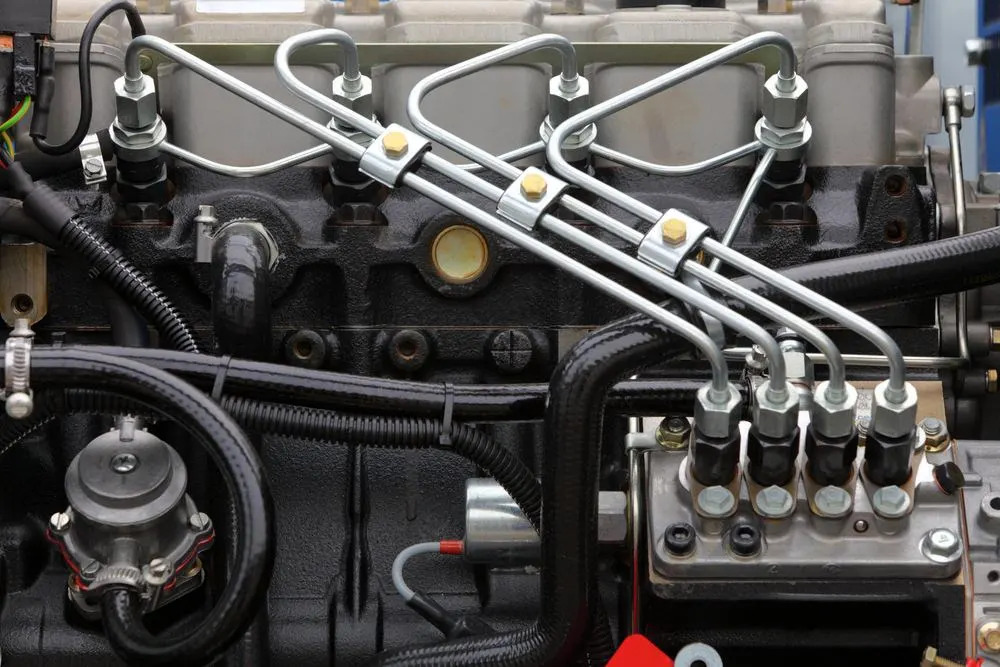
How Does a Modern Car's Fuel System Operate?
Over the past ten years, cars have seen an incredible amount of change, and the main problem that manufacturers have tried to solve with these improvements is the engine's fuel consumption. As a result, contemporary automobile fuel systems can become somewhat intricate. Fortunately, the most sophisticated fuel-saving techniques in cars use ECU programming. Under the hood of a modern car, there are just a few different fuel system architectures.
The pump is where it begins.
The vast bulk of the gas in an automobile's fuel system is stored in the tank. Through a tiny opening that is covered with a gas cap, this tank can be filled externally.After that, the gas passes through a few stages before arriving at the engine:
The fuel pump receives the gas first. Fuel is physically pumped out of the gas tank via the fuel pump. Even though some cars have more than one gasoline pump, the system functions the same. gasoline cannot spill from one end of the tank to the other when cornering or riding on an uphill, leaving the gasoline pumps empty. This is the benefit of having several pumps. There will always be at least one pump receiving fuel.
Gasoline is forced into the fuel lines by the pump. Most cars have strong metal fuel lines that carry fuel from the tank to the engine. They are driven along sections of the car that won't be overly exposed to the weather or overheated by the exhaust or other parts.
The gas must go through the fuel filter before it can reach the engine. Before the gasoline enters the engine, the fuel filter filters out any debris or contaminants. A clean gasoline filter is essential to a long-lasting and hygienic engine, thus this is a crucial step.
The gas eventually makes it to the engine. However, how does it enter the chamber of combustion?
Fuel injection's marvels
Carburetors were in charge of taking gasoline and combining it with the right amount of air so that it would ignite in the combustion chamber during most of the 20th century. To pull in air, a carburetor uses the suction pressure that the engine produces. Fuel that is also found in the carburetor is carried by this air. This comparatively straightforward design performs admirably, but it falters when the engine's needs vary at different RPMs. Fuel is introduced linearly, with more throttle corresponding to more fuel, since the throttle controls the amount of air/fuel combination that the carburetor allows into the engine. A carburetor would have a hard time keeping the engine running smoothly, for example, if it requires 30% more fuel at 5,000 RPM than it does at 4,000 RPM.
Systems for injecting fuel
Fuel injection was developed as a solution to this issue. Electronic fuel injection employs a fuel pressure regulator to maintain a constant vacuum of pressure that draws gasoline to fuel injectors that spray a mist of gas into the combustion chambers, as opposed to allowing the engine to draw in gas only through its own pressure. Some single-point fuel injection systems inject gasoline and air into a throttle body. Then, as required, this air/fuel combination enters each combustion chamber. At least one injector per cylinder is used in direct fuel injection systems, also known as port fuel injection systems, which deliver fuel directly into each combustion chamber.
Injecting fuel mechanically
Fuel injection can operate physically or electrically, much like wrist watches. Because it requires more maintenance and takes longer to adjust to a particular application, mechanical fuel injection is not very common these days. The process of mechanically metering the amount of gasoline entering the injectors and the amount of air entering the engine is how mechanical fuel injection operates. Calibration becomes more challenging as a result.
Fuel injection via electronic means
In comparison to mechanical fuel injection, electronic fuel injection may be set to perform optimally for specific applications, such as drag racing or towing, and requires less adjustment than carbureted systems.
In the end, like so many other systems in modern cars, the fuel system is managed by the ECU. However, in many situations, a software update can resolve engine troubles and other concerns, so this is not a terrible thing. Additionally, mechanics may easily and reliably retrieve data from the engine thanks to the electrical controls. Customers benefit from improved fuel economy and more reliable performance overall thanks to electronic fuel injection.

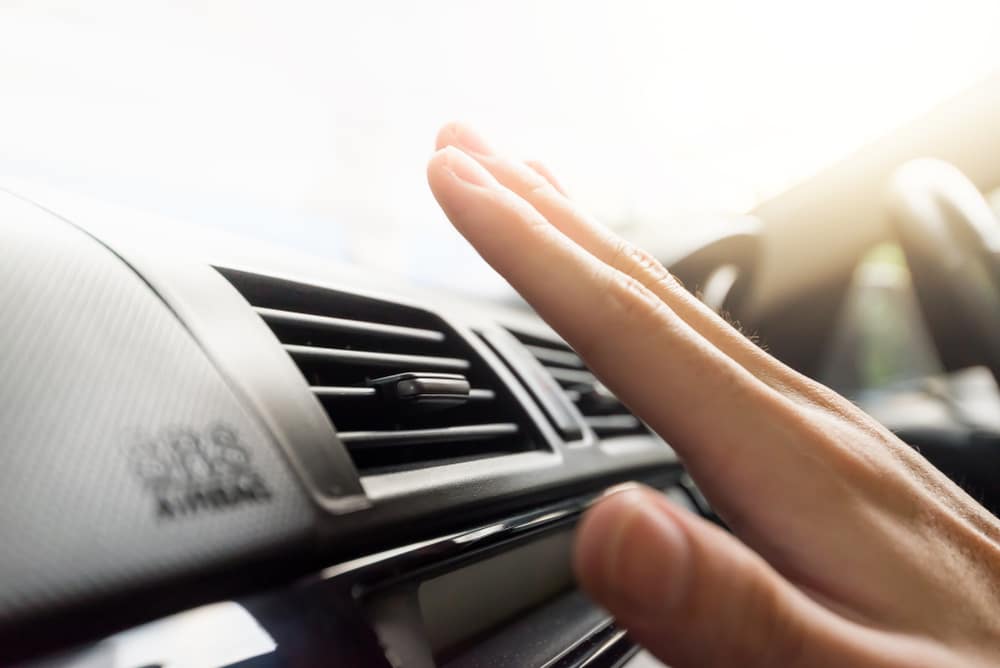
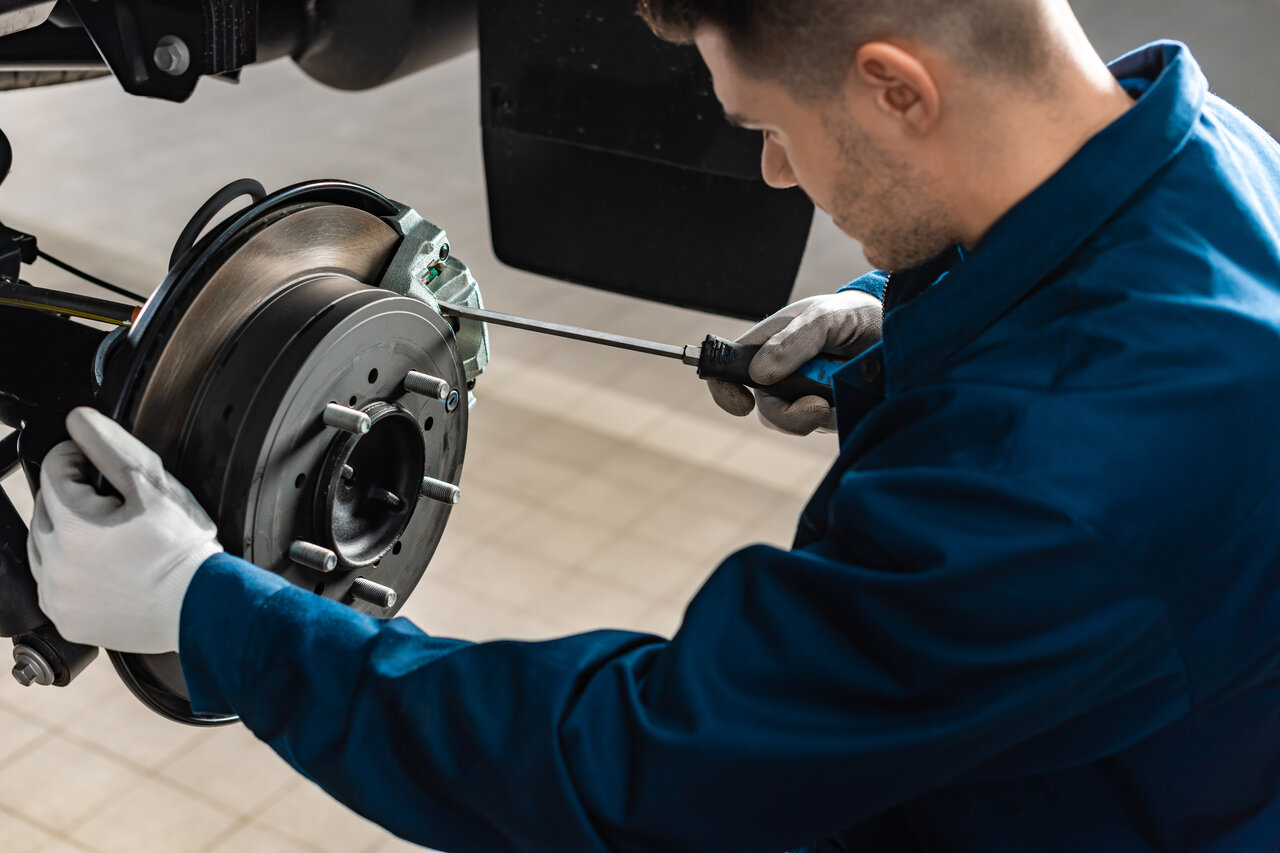
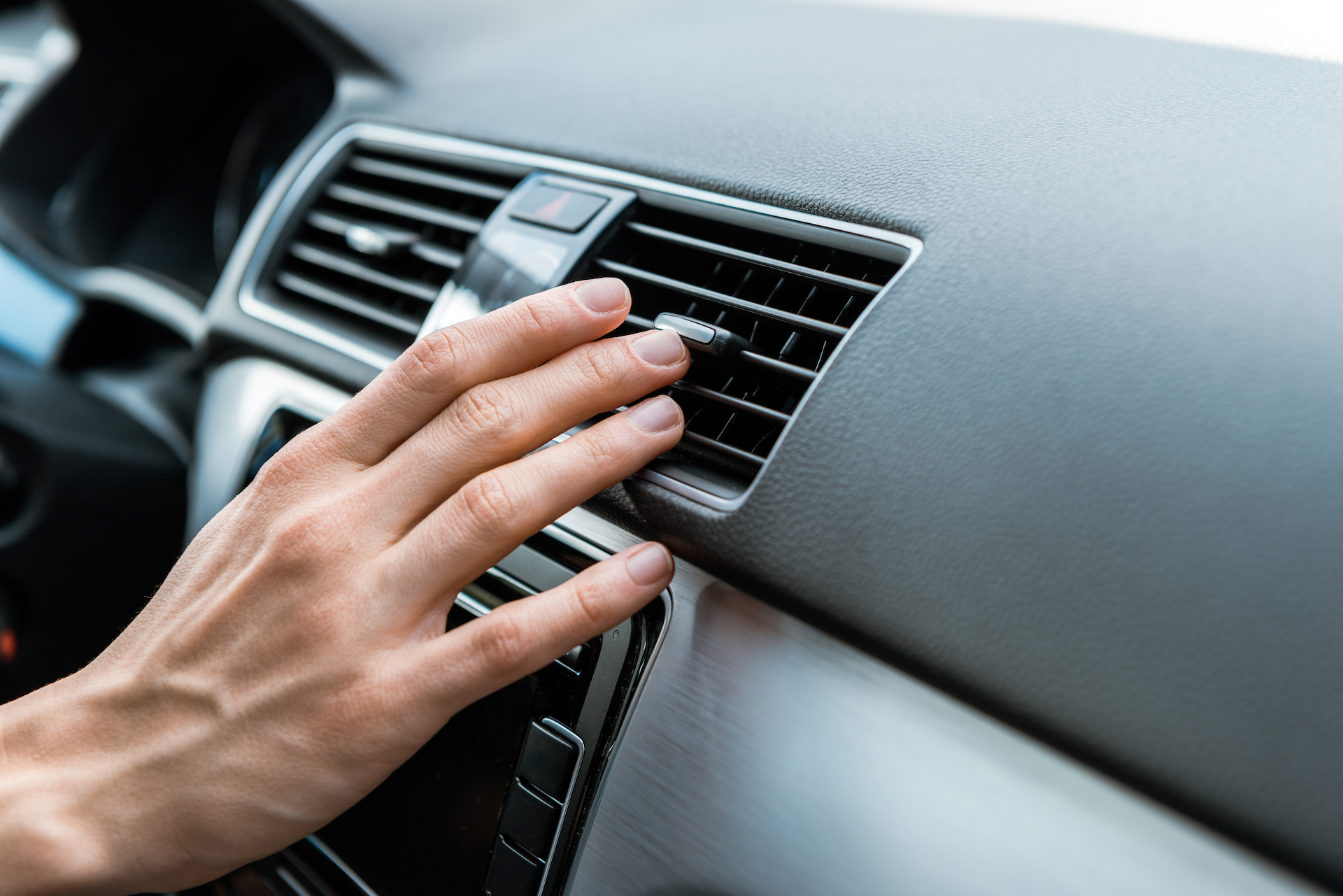
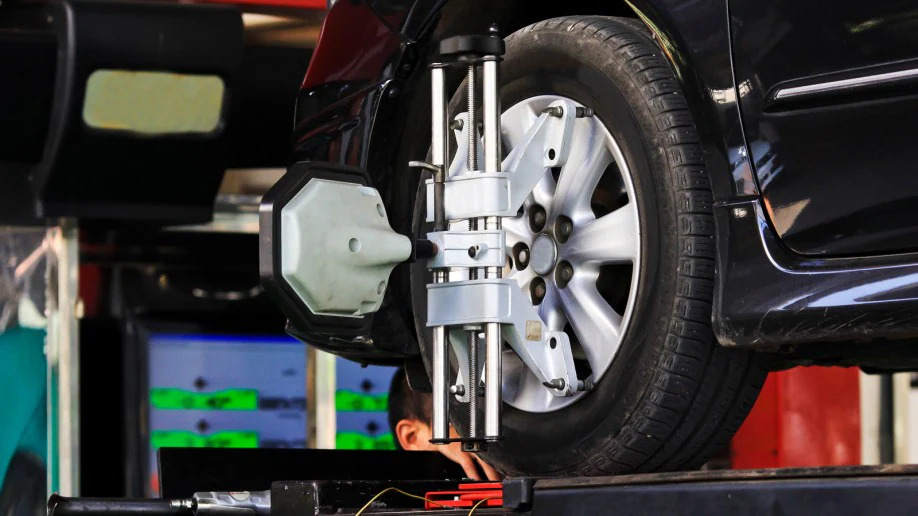
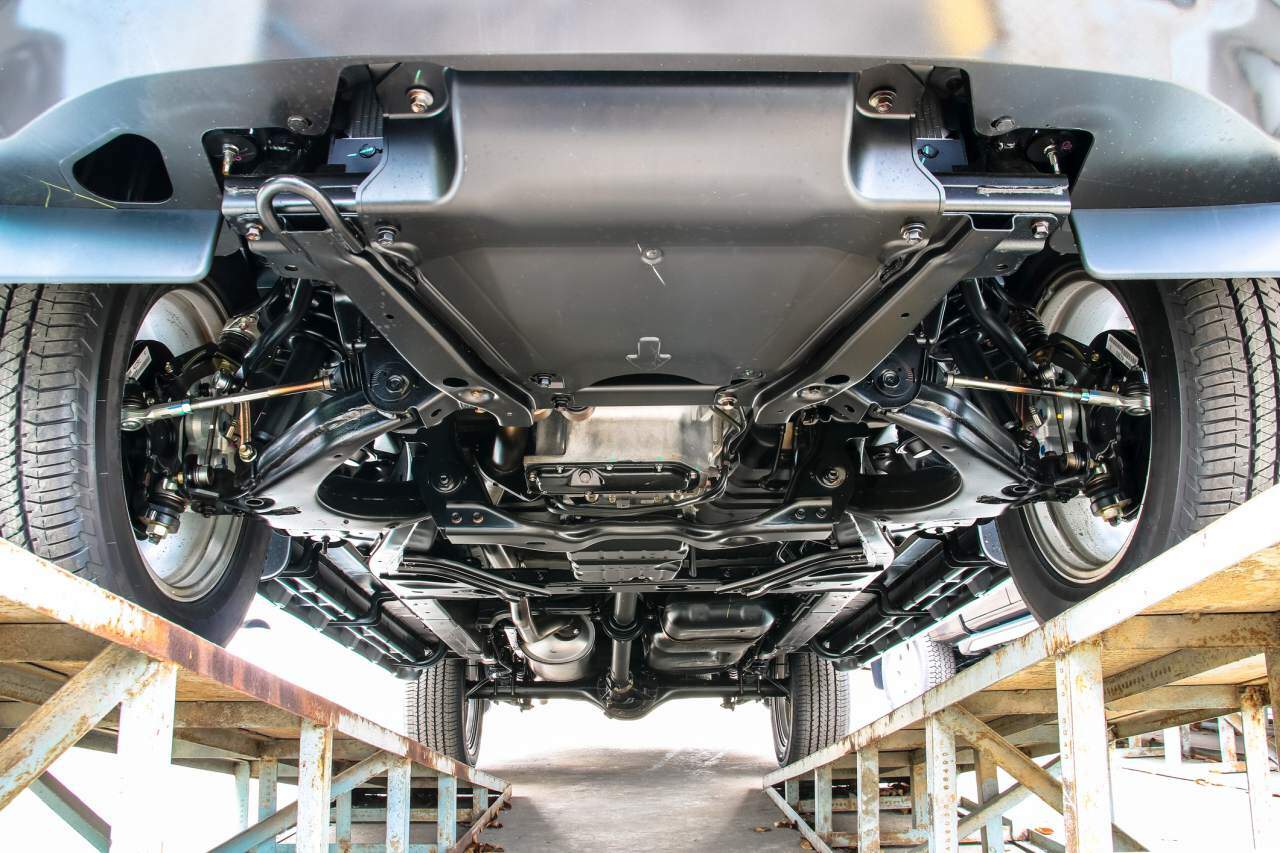
comments 0